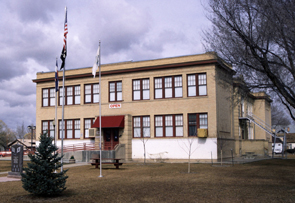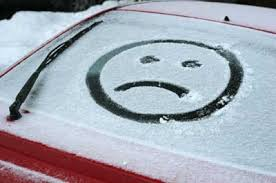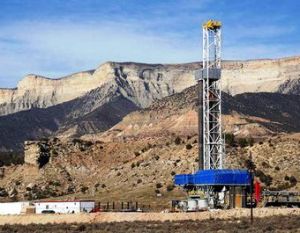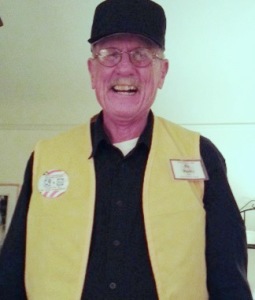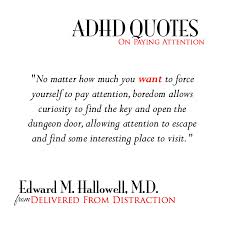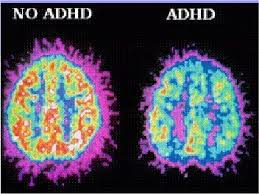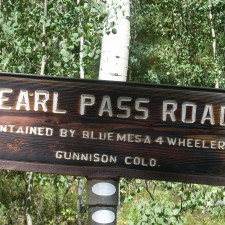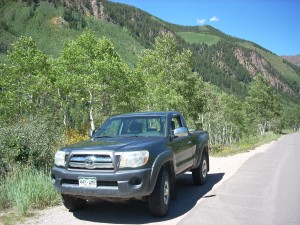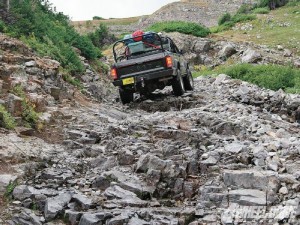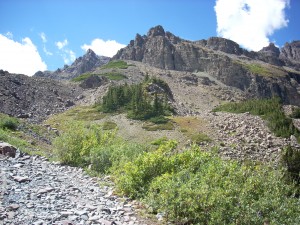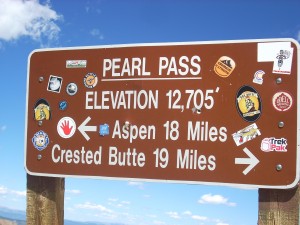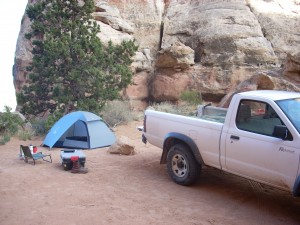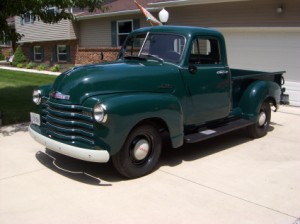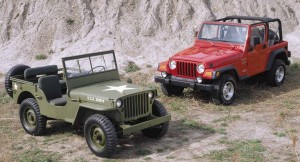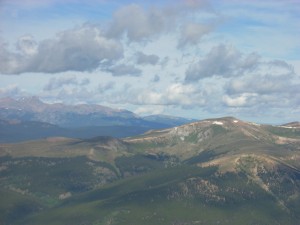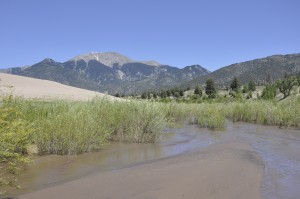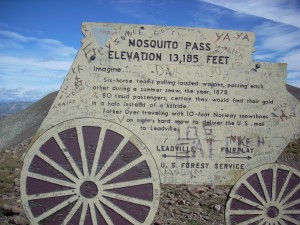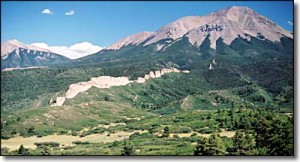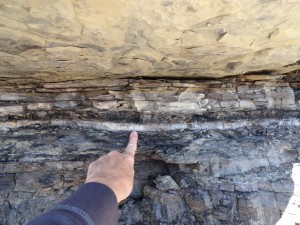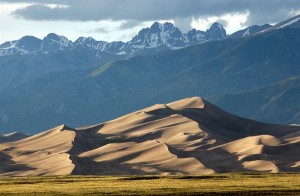The Third Grade
I had a turbulent third grade. There were things I couldn’t do. I am so left-handed that I produced terrible cursive handwriting. It was so bad as to be almost unreadable. My ADD didn’t help, I tended to be disruptive, especially when I didn’t like the subject material or the teacher. I did not like Mrs. Bastian. To me she was just old, ugly, and mean. To her, I was rebellious, noisy, inattentive, and defiant. In retrospect, she was burned out and could not afford to leave.
My defiance showed up on the health chart. Every day, Mrs. Bastian graded the class on several things, including cleanliness, combed hair, clean fingernails, and other things. My thing was clean fingernails. While walking to school I would rub my fingernails in the dirt, getting them as filthy as I could. My health chart had all good marks except for the row of black marks for my fingernails. Big black marks. Bob Silva also had black marks, but not because his nails were not clean but because he was so dark the teacher thought his nails were dirty. She was so mean.
The other problem was with my dog. Spanky was a black Cocker Spaniel, as exuberant and careless as I was. Some mornings he would get loose and follow me to school. I think he wanted to go to school. If I saw him before I got to school, I would take him home and be late for school. Mrs. Bastian did not like that and would not accept my excuses. Other mornings he would make it into the classroom. The other kids loved it. The teacher was livid, and sent both of us home. I had to have a parent bring me back to school. Sometimes I just stayed home.
My father was the town telephone man, and my mother was the high school secretary. I know I was an embarrassment to them, but they also knew how much I hated that woman. The parent-teacher conferences must have been quite interesting.
I don’t think I learned a lot in third grade, but it didn’t matter a lot. I was a good reader, and drove my parents crazy with my questions about everything. I learned third grade on my own. I don’t understand why they did not move me across the hall to the other third grade class, but that woman and I got to dislike one another for the entire school year.
Fourth grade was a complete contrast. The teacher was fun, actually liked children, and encouraged learning. The only difficulty was multiplication tables. My ADD has never let me be a good memorizer. My mother drilled them into my head, bless her.
So, third grade didn’t create any lasting trauma, just some lasting memories. I can still see that row of black marks I was so proud of. My dog somehow missed out on fourth grade as well. I still can’t write cursive. I finally gave up trying and went back to printing everything but my scrawl of a signature.
